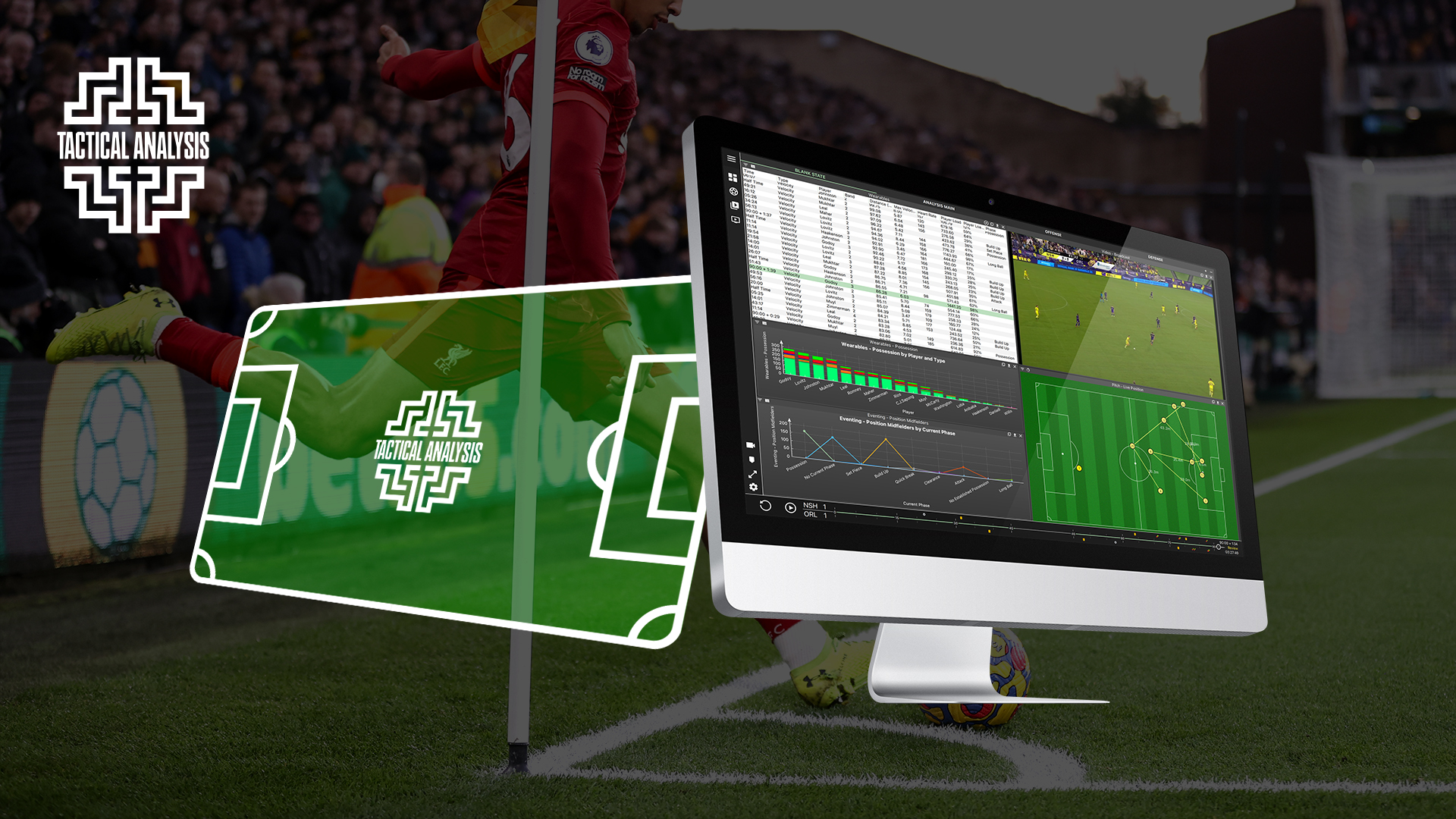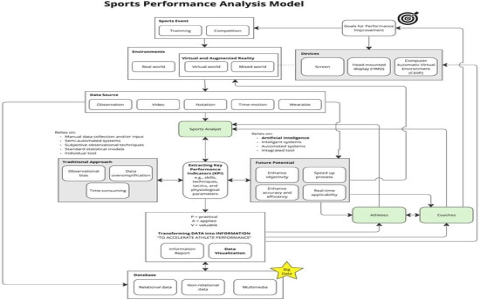The roar of the crowd still echoes, but inside the data lab a quieter revolution is rewriting soccer’s future. Modern soccer analysis has evolved from clipboards and gut feelings to pixel-perfect heat maps, machine-learned expected-goals curves, and real-time biometric dashboards. Whether you call it soccer analyser, football analytics, or performance intelligence, the mission is identical: convert raw match chaos into decisive competitive advantage.
1. From Videotapes to Vector Space
Twenty years ago, an analyst cut VHS cassettes until dawn. Today, optical-tracking cameras capture 25 million data points per match while wearable GPS pods record heart-rate variability and skeletal load 100 times per second. Computer-vision algorithms turn these streams into annotated event databases—every pass, press, pause—tagged in under five minutes. The soccer analyser is no longer an accessory; it is infrastructure.
2. Metrics that Matter
Possession percentage is the tip of the iceberg. Elite clubs now optimize for:
– Expected Threat (xT): how each on-ball action changes the probability of scoring in the next ten seconds.
– Passes per Defensive Action (PPDA): the speed at which a team wins the ball high up the pitch, a proxy for pressing intensity.
– Packing Rate: the number of opponents bypassed with a single action; the higher the pack, the quicker the progression.
– Fatigue Index: neuromuscular efficiency loss, predicting soft-tissue injury 48 hours earlier than medical staff intuition.
When a coach substitutes a winger at 67 minutes, it is often because the analyser’s model flagged a 32 % spike in hamstring risk, not because legs looked heavy.

3. Tactical Fingerprints
Clusters of tracking data reveal “tactical genotypes.” A team may press in a 3-4-3 shape but its wing-backs behave like midfielders once the ball enters the final third. Soccer analysers visualise these patterns as network graphs: players are nodes, passes are edges. Graph centrality exposes the true playmaker—sometimes the nominal pivot is only fifth in betweenness score. Such insights allow opposition scouts to design pressing traps that target hidden hubs rather than famous names.
4. Talent Discovery 3.0
Recruitment once relied on agent recommendations and highlight reels. Now, analysers build similarity scores between 17-year-olds in the Ecuadorian second division and elite prototypes. Convolutional neural networks clip 3-second micro-actions—first touch angle, hip rotation on receipt—then project future versatility. Clubs using these models have raised their academy graduation rate to first-team football from 4 % to 11 % in five seasons, saving millions in transfer outlay.
5. Live Edge: Augmented Coaching
Tablets on the bench receive an encrypted feed that layers predictive scenarios on top of live footage. Imagine a goal kick: the analyser simulates 10 000 historical restarts against today’s opponent shape and flashes the two patterns most likely to reach the halfway line unchallenged. The assistant coach taps Pattern B; the goalkeeper already sees the overlay in his AR contact lens and launches. Total elapsed time: 8.4 seconds. Welcome to augmented play-calling.
6. Ethical Frontiers
With great data comes great responsibility. wearables can reveal menstrual-cycle irregularities; cameras may record fan faces for emotion-mining. GDPR, biometric consent, and algorithmic bias demand a new kind of professional: the sport-ethicist who sits between the data scientist and the sporting director. Transparent model documentation, differential privacy, and athlete data unions are moving from think-tank papers to league regulations.
7. Democratising Insight
Elite clubs once hoarded analysts like state secrets. Cloud-based soccer analyser platforms now give semi-pro teams access to event tagging, tactical sketching, and xG models for the price of a kit deal. A high-school coach in Lagos can upload mobile-phone footage and, within minutes, receive pressing-load reports identical to those reviewed in Bundesliga war rooms. Competitive balance, long threatened by capital gaps, may yet be restored through code.
8. The Future 180 Seconds
Imagine the year 2028. Kickoff is preceded not by handshakes but by a micro-drone swarm mapping wind vector fields inside the stadium. Quantum processors simulate every possible match iteration before the referee’s first whistle. Each player’s insole contains piezoelectric threads harvesting kinetic energy to power sub-dermal glucose sensors. A soccer analyser AI, trained on a billion hours of play plus neuro-ethical constraints, whispers personalised tactical adjustments into bone-conduction earpieces—advice recalculated every 180 seconds. Fairness, privacy, and unpredictability are policed by open-source smart contracts. The beautiful game becomes the intelligent game.
Until that day arrives, the soccer analyser’s creed stays simple: question everything, measure what matters, and let the data sing—because every pass, sprint, and slide leaves a note in the symphony we still call football.






































